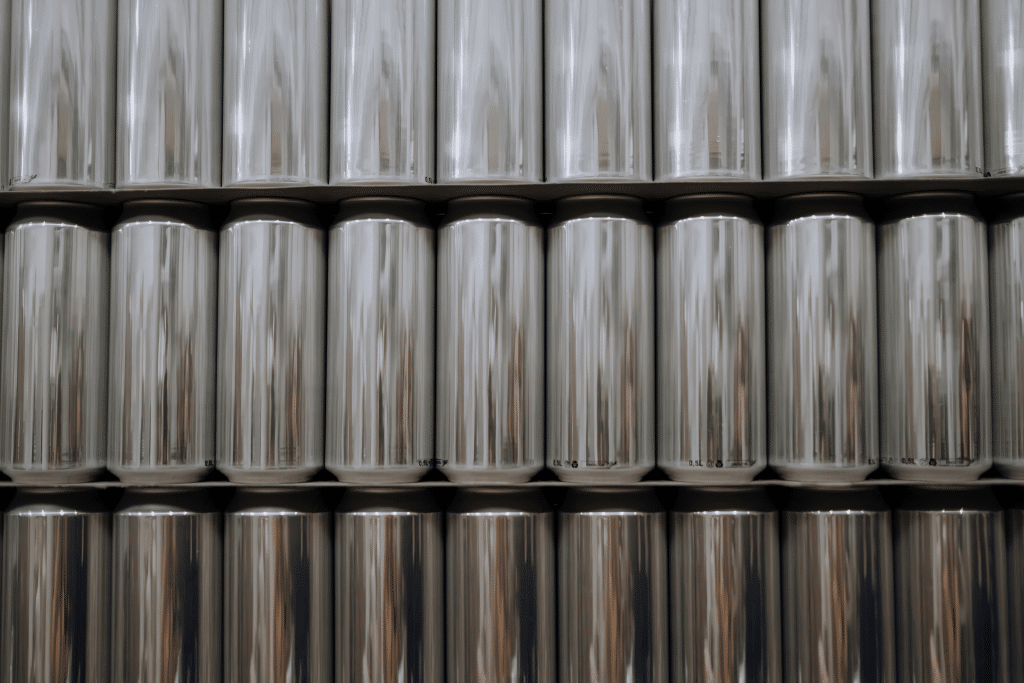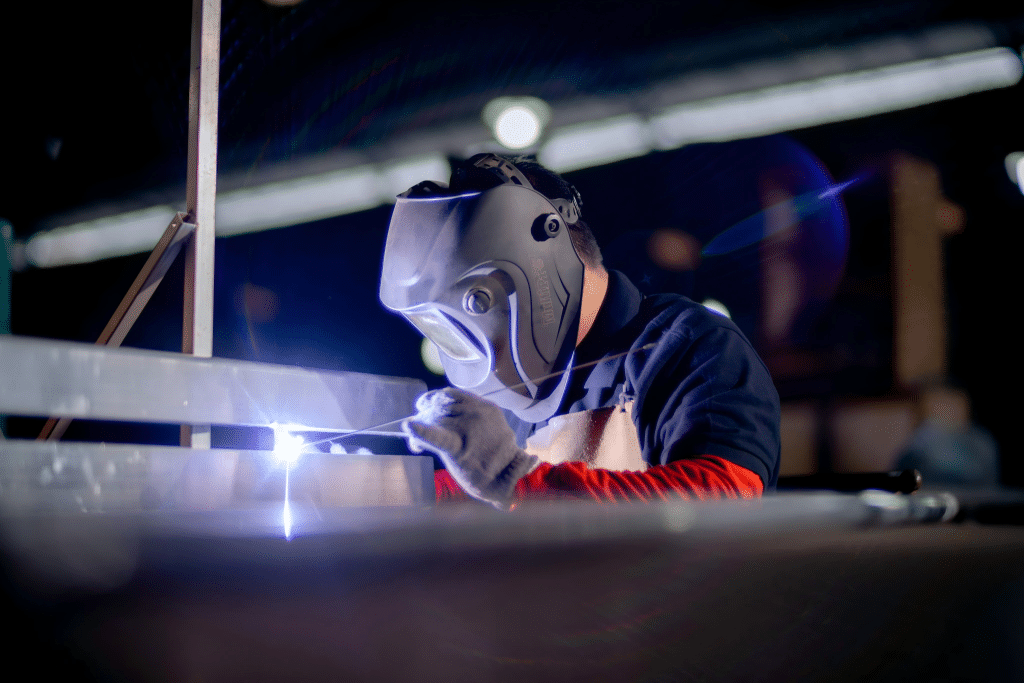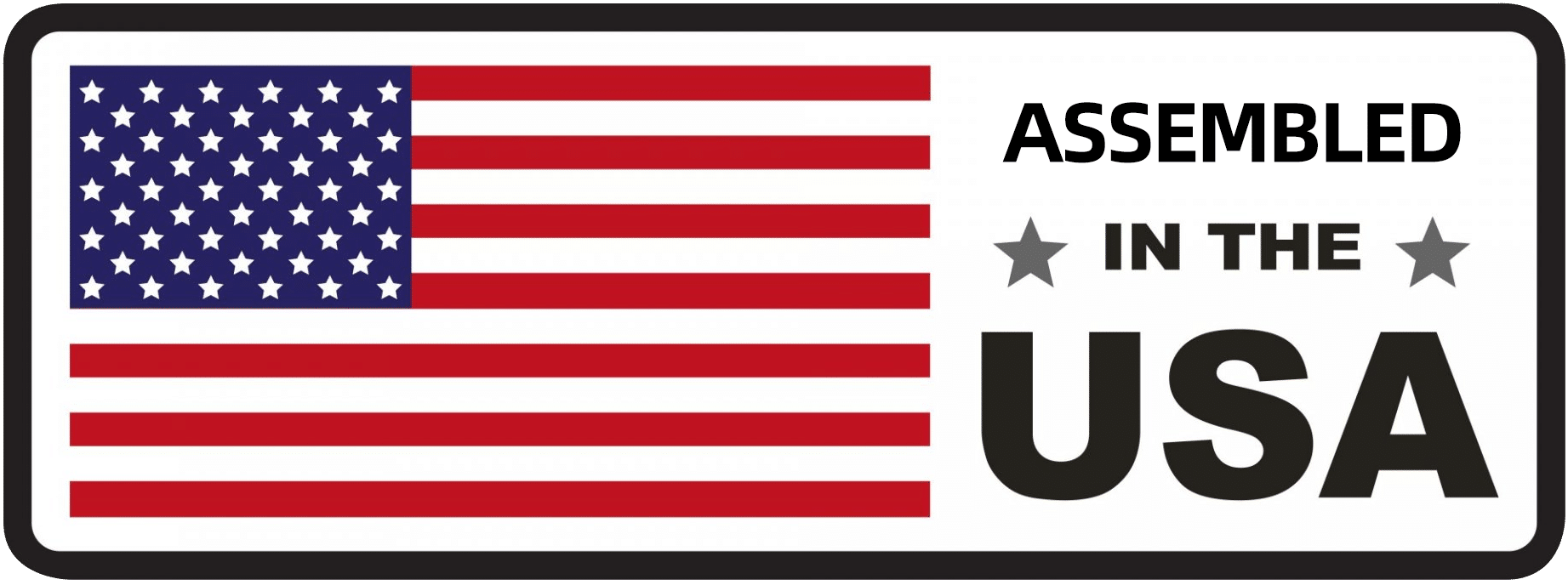
Aluminum has become a cornerstone material in several high-precision industries such as aerospace, electronics, and automobile manufacturing. As the demand grows for efficient and lightweight components, so does the need for advanced welding techniques.
Laser welding aluminum has been an increasingly popular and accessible solution. Unlike traditional welding methods, laser welding’s unmatched precision and minimal heat input are well-suited to handle the unique properties of aluminum.
This article aims to answer one burning question: how do you laser weld aluminum effectively? To answer that, let’s explore the challenges of welding aluminum, the advantages of using laser welding for this material, and best practices.
The Challenges of Welding Aluminum
Those who have tried welding aluminum can attest to how frustrating it can be. Aluminum has a lower melting point and disperses heat quickly, which can risk burn-through and distortion if the heat is not controlled properly.
Aluminum’s material properties can make welding the material more difficult. It has a low melting point (~660°C) and high thermal conductivity (237 W/m-k), which makes it absorb and dissipate heat very quickly and increases the risk of distortion and burn-through during welding.
The material tends to form a protective oxide layer on its surface. While this oxide film protects it from corrosion, its higher melting temperature can inhibit the flow of molten metal during welding and lead to weld defects.
Welding aluminum will also vary depending on the aluminum alloys. For example, pure aluminum (1000 series) is the easiest to weld since it lacks any alloying elements that would complicate the process. The 6000 series is prone to cracking due to its silicon content, requiring careful heat management for welding. The 7000 series can be susceptible to cracking, which makes preheating and proper parameter setting vital.
Advantages of Laser Welding Aluminum
Laser welding produces a focused, high-intensity beam onto the welding area. The concentrated energy creates a small heat-affected zone (HAZ). Compared to conventional welding techniques, such as TIG and MIG welding, the smaller HAZ in laser welding can reduce the chance for any thermal distortion or warping in the material.
This precise control over the heat input makes it suitable for mass production and for welding thinner materials with the risk of burn-through or excessive deformation. When paired with its faster speeds, laser welding is capable of maintaining high precision and repeatability across multiple welds.
The reliability of laser welding has led to its extensive adoption in many industries that need durable and precise work that provides a clean and aesthetic finish. Miniaturized components, like circuit boards and microelectronics, use laser welding for precision soldering. Both the aerospace and automotive industries require resilient welds that laser welding can provide, with its controlled heat input and lessened risk of distortion.
Types of Laser Welding for Aluminum
Here is a general overview of the different types of lasers and their suitability in welding aluminum:
CO2 lasers utilize carbon dioxide gas as their active medium. These boast impressive output, but their longer wavelengths lead to larger spot sizes.
Nd:YAG lasers utilize neodymium-doped yttrium aluminum garnet as their active medium. Their shorter wavelengths allow for smaller focal spots, making them suitable for precision and deep penetration.
Fiber lasers, like the Denaliweld JET 2000, use optical fibers with rare-earth ions as the gain medium. Their compact size and efficiency make them a popular choice for high-precision welding.
Diode lasers are an emerging option that uses semiconductor materials to create laser light. Because of their small size, these lasers can be ideal for welding thin sheets and for spot welding.
Most aluminum laser welders also come with two different modes:
In pulsed mode, the equipment emits concentrated laser pulses at predetermined intervals. Each pulse delivers high-intensity energy, then it returns to a low-energy state before delivering another pulse. This mode is effective for thinner materials and for tasks that need fine control.
In continuous wave mode, the equipment emits a steady, high-intensity laser beam. This mode is ideal for more heavy-duty tasks, such as welding thicker sections and creating deeper keyholes.
Critical Process Parameters for Laser Welding Aluminum
Achieving strong welds will depend on a clear understanding of the different settings involved and how to fine-tune them for your specific application needs. Here are the key parameters and what you need to carefully consider:
The correct laser power setting depends a lot on thickness. The typical range is somewhere around 1.5 kW to 3 kW. For thin aluminum workpieces (1-3 mm), you can set it to somewhere between 1.5 and 2 kW, and you can set it to 2 to 3 kW for thicker aluminum workpieces of about 4 mm or more.
Welding speed needs to be considered with care. If it’s too fast, then the weld may lack penetration, but if it’s too slow, then excessive heat may build up and warp the material. The recommended range is about 20 to 60 inches per minute (IPM). You can go faster (~50-60 IPM) for thinner sheets to avoid overheating or slower (~20-30 IPM) for thicker sheets to ensure penetration.
Set the focal point of the laser to about 0.5 mm below the aluminum surface to ensure better penetration and minimal reflection. Meanwhile, the beam diameter should be between 0.2 and 0.5 mm for the right balance of energy concentration and heat input.
The recommended shielding gas is 100% argon at a flow rate of 20-40 cubic feet per hour (CFH). This combination should protect the weld pool from contamination and oxidation.
To reduce thermal stress for thick materials or for crack-prone alloys, preheating the aluminum to 150-200°C will slow down the cooling rate and help prevent cracking.
What is the Role of Wire Feeding in Aluminum Laser Welding?
Wire feeding is the process of precisely positioning and feeding filler wire into the weld pool to create stronger joints. As the laser beam hits the wire, it melts into a liquid state and can fill or cover the contact point between two workpieces.
There are two types of wire feeding strategies: hot wire feeding and cold wire feeding.
Hot wire feeding uses a power supply to preheat the wire before it reaches the laser. This method improves the deposition of the weld while reducing overall heat input, which helps in minimizing distortion and warping.
With these two wire feeding strategies in mind, choosing the right wire material is essential for smooth wire feeding and optimal weld quality. The wire material must be compatible with the base material. When it comes to welding aluminum, there is no better match than aluminum soft wire. However, any compatible filler alloys, like aluminum 4047 for an aluminum 6061 base, can be used to prevent any cracking.
Wire diameter plays a key role in determining how effectively the gaps are filled. The diameter required is proportional to the size of the gap that you need to fill. Thicker wires are ideal for larger gaps, while thinner wires can fill much smaller spaces.
Once the wire type and size are selected, verify its compatibility with your wire feeder. Basic wire feeders with a 2-roll drive system are designed to feed short wires with small diameters. In contrast, advanced wire feeders are equipped with a 4-roll system and digital controls, which make them well-suited for handling larger wires.
Finally, the wire feed rate must be carefully calibrated to match the welding speed to avoid any defects, such as porosity, undercuts, or hump formation. The delivery angle should be somewhere between 30 and 60 degrees, with 45 degrees as the ideal setting for precise melting.
Best Practices and Tips for Laser Welding Aluminum

Achieving high-quality aluminum laser welds starts with proper preparation. Always begin by thoroughly cleaning the surface. Remove oxides, coatings, oils, and contaminants using grinders and solvents to ensure optimal welding conditions. A clean surface ensures better energy absorption and minimizes the risk of any weld defects.
Next, inspect the joint design and fit-up carefully. Reduce any gaps and ensure tight alignment to guarantee smooth wire feeding and consistent fusion.
Throughout the welding process, closely monitor the laser parameters to maintain a stable weld pool. Deviations from the proper power, speed, and focal position can compromise weld integrity. To prevent interruptions due to overheating, consider incorporating a dual-temperature water cooling system.
Scheduling regular maintenance for the wire feeding equipment can prevent any feed issues from happening. Clean and calibrated systems reduce the risk of interruptions and ensure consistent wire delivery.
Whenever any problems occur, such as incomplete wire melting or inconsistent weld bead formation, you can troubleshoot them by starting with the manufacturer-recommended parameter ranges, then adjusting one parameter at a time until you get the desired results.
Conclusion
Welding aluminum presents many unique challenges. Its oxide layer and high thermal conductivity can demand a finer level of control than with most other materials. If not managed properly, these material characteristics can lead to weld defects.
With its low heat input, low residual stress, and fast welding speeds, laser welding offers significant advantages while working with aluminum. When paired with the right machine settings and proper wire feeding, the entire process can produce reliably high-quality results.
Curious to experience an aluminum laser welder? Try renting one of Denaliweld’s high-performance laser welders. You can get quick access to the latest welding technologies without spending the capital expense. If you’re interested in investing in your workflow, then you can explore their suite of advanced laser welding solutions.



